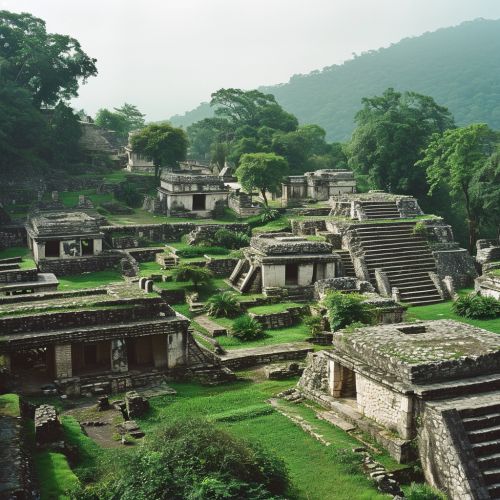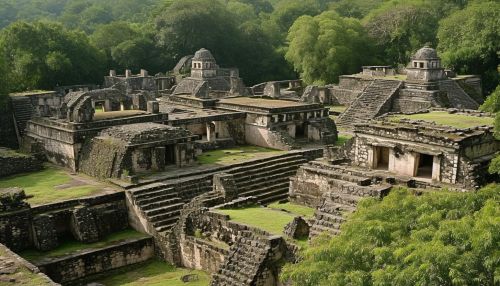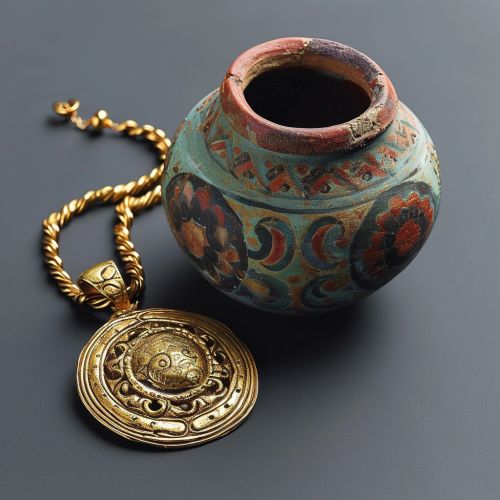Mixtec civilization
Origins and Early History
The Mixtec civilization was one of the major civilizations that flourished in Mesoamerica, specifically in the region now known as Oaxaca, Puebla, and Guerrero in modern-day Mexico. The Mixtecs were known for their sophisticated artistry, complex social structures, and their resistance to the Aztec Empire.


The Mixtec civilization's origins can be traced back to the Formative Period (2500 BC to 200 AD), with the first significant archaeological evidence of their culture appearing around 900 BC in the form of pottery and other artifacts. The Mixtecs, along with the neighboring Zapotec civilization, were among the earliest cultures in Mesoamerica to develop a system of writing and a calendar.
Society and Culture
Mixtec society was organized into city-states, each ruled by a hereditary elite class. The society was highly stratified, with a clear distinction between nobles, commoners, and slaves. The nobility was comprised of the ruling class and priests, who held significant power and influence. The commoners, or macehualtin, were farmers, artisans, and merchants. Slaves, or tlacotin, were typically prisoners of war or individuals who had incurred debts.
The Mixtecs were polytheistic, worshipping a pantheon of gods and goddesses. Their religion was deeply intertwined with their daily life and influenced their art, architecture, and social customs. They believed in an afterlife, and their funerary practices included elaborate tombs for the nobility, often filled with precious goods and art.
Art and Architecture
The Mixtecs were renowned for their intricate art and architecture. They were skilled goldsmiths, potters, and weavers, creating intricate designs that reflected their religious beliefs and societal status. Their architecture was equally impressive, with grand temples, palaces, and plazas constructed in their city-states.


One of the most significant architectural achievements of the Mixtecs was the city of Mitla, which is known for its unique geometric mosaics. The city was a major religious center and is considered one of the most important archaeological sites in Mesoamerica.
Mixtec Writing and Codices
The Mixtecs developed a complex system of writing, using a combination of logographic and syllabic elements. Their writing system was used to record historical events, religious rituals, and genealogical information.
The Mixtecs are perhaps best known for their codices, or screenfold books, which were painted on deer skin or cotton cloth. These codices provide invaluable insights into Mixtec history, mythology, and society. The most famous of these is the Codex Zouche-Nuttall, which contains detailed genealogical information about Mixtec rulers and their alliances.
Interaction with Other Mesoamerican Civilizations
The Mixtecs had extensive interactions with other Mesoamerican civilizations, including the Zapotecs, the Aztecs, and later, the Spanish. They were often in conflict with the Zapotecs over control of the fertile valleys of Oaxaca. Despite their resistance, the Mixtecs were eventually subjugated by the Aztecs in the 15th century.
The arrival of the Spanish in the 16th century marked the end of the Mixtec civilization as an independent entity. However, the Mixtec culture and language have survived to this day, with a significant number of Mixtec speakers in Oaxaca and other parts of Mexico.
